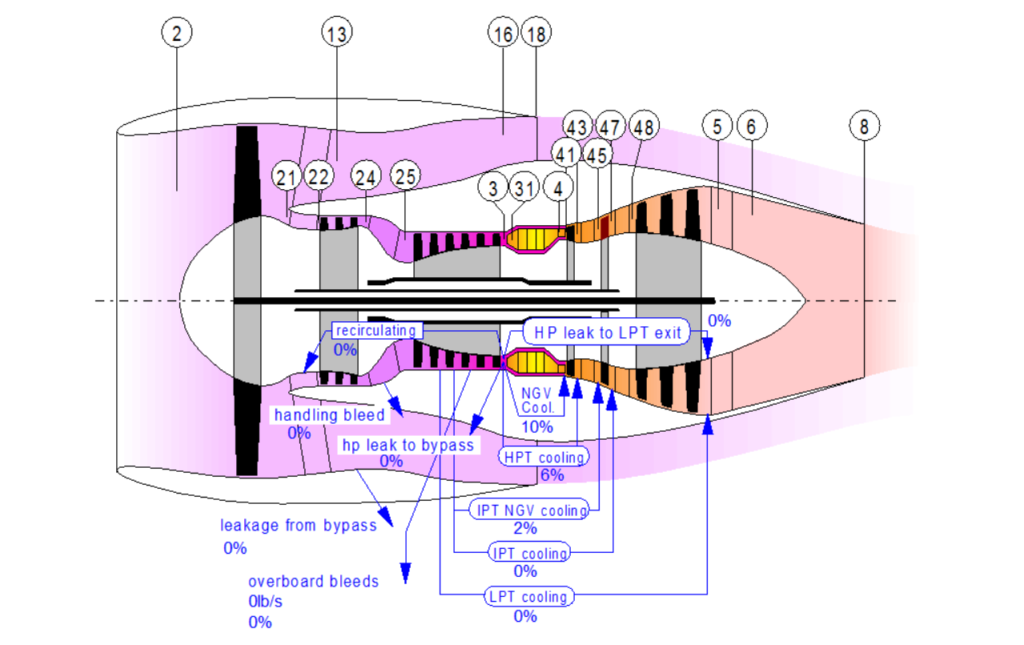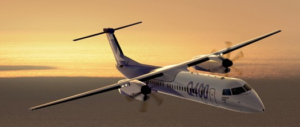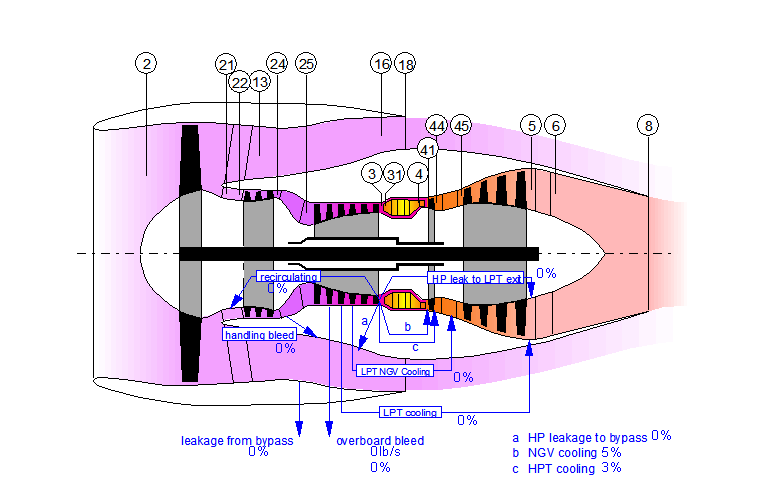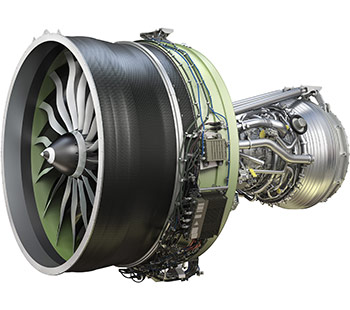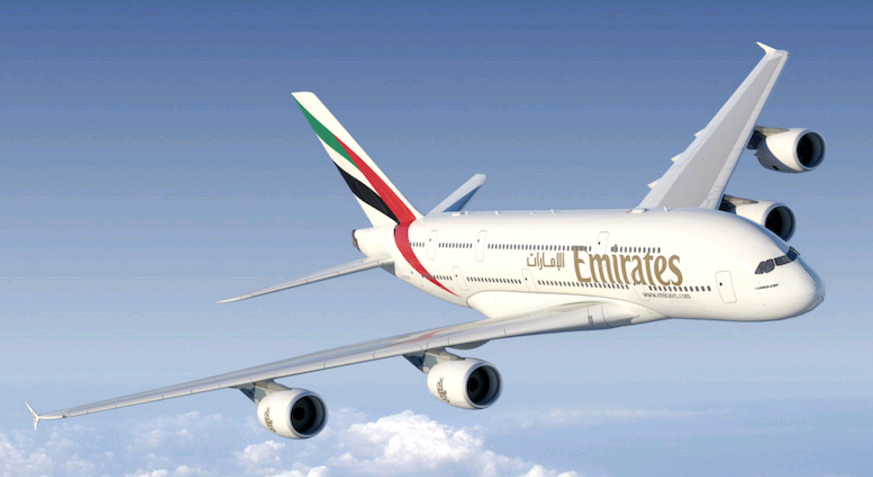Leeham News and Analysis
There's more to real news than a news release.
Bjorn’s Corner: Aircraft engines, sum up
April 14, 2017, ©. Leeham Co: We’ve been talking engines on Fridays since October 2016. The Corners covered several areas, from technologies to operations.
And we could go on and dig deeper. But we will move on.
Before we go, we sum up what we have learned in the 24 Corners around airliner Turbofans.
Bjorn’s Corner: Aircraft engine maintenance, Part 6
April 7, 2017, ©. Leeham Co: Last week’s Corner developed the overhaul shop visits per year for wide-body engines. We will now look at how the market develops around these overhaul opportunities.
How does the shop structure develop over a popular engine’s life-cycle? How much choice has an operator and when?
Bjorn’s Corner: Aircraft engine maintenance, Part 5
March 31, 2017, ©. Leeham Co: In the last Corner, we showed flight hour graphs for wide-body engines. Now we will deduce the market for engine overhauls from these graphs.
It will show which engines are still in engine manufacturer care, in their main maintenance cycle and in the sun-set phase.
The phase the engine is in and its future flight hour development will decide the attractiveness of the engine for overhaul organizations. Read more
Bjorn’s Corner: Aircraft engine maintenance, Part 4
March 24, 2017, ©. Leeham Co: After covering the maintenance market for single-aisle engines, time has come for the engines used on wide-body aircraft. The engine maintenance for a wide-body engine is a bit different to the single-aisle engine. The difference is caused by the longer flight times for the wide-bodies. This makes the flight time wear a more dominant maintenance driver than it is for the single-aisle engines.
The changes in overhaul work caused by the difference in flight profiles and the lower number of engines in the market (compared to the single aisles) will affect how the overhaul market is structured and who are the dominant players.
Bjorn’s Corner: Aircraft engine maintenance, Part 3
March 17, 2017, ©. Leeham Co: In the last Corner, we showed graphs of the yearly flight hours for engines on single-aisle aircraft. Now we will deduce the market for engine overhauls from these graphs.
These will show which engines generate a maintenance volume that is interesting for engine overhaul companies and which engines are niche.
Based on the market size, we will then go through how an engine is maintained when new, mature and at end-of-life.
Bjorn’s Corner: Aircraft engines in operation, Part 3
February 3, 2017, ©. Leeham Co: In the last Corner, we went through how our airliner engine reacts to the different phases of flight, including what happens when we operate in a hot environment.
We also showed how engine manufacturers make a series of engines with different thrust ratings by de-rating the strongest version through the engine control computer.
We will now look deeper at how engines are controlled and why so-called flat-rating is important. Read more
A380 cost analysis
Subscription Required
Introduction
Jan. 23, 2017, © Leeham Co.: In a sister article, we will describe how Airbus A380 might change from a flagship aircraft for legacy carriers to a competitive tool for long-range LCCs.
This change of the A380’s profile is based on bringing cabin densities to the levels of other long haul aircraft. We have historically made detailed operating costs studies of the A380 versus other large long-haul aircraft.
With the possible change in the aircraft’s operating profile, we decided to update the study with the A380ceo pitted against its main competitors, Boeing’s 777-300ER and 777-9. Different from the previous study, we now compared all aircraft in a higher density, two-class seating.
Summary:
- The A380neo is pushed out in time for now. Airbus has instead started a cabin density program.
- We update the study of A380 versus its main competitors to see if the cabin changes goes far enough.
- In the last study, the A380 had lower seat mile cost than 777-300ER but was beaten by the 777-9.
- We check if a denser cabin makes the A380 competitive with the 777-9



